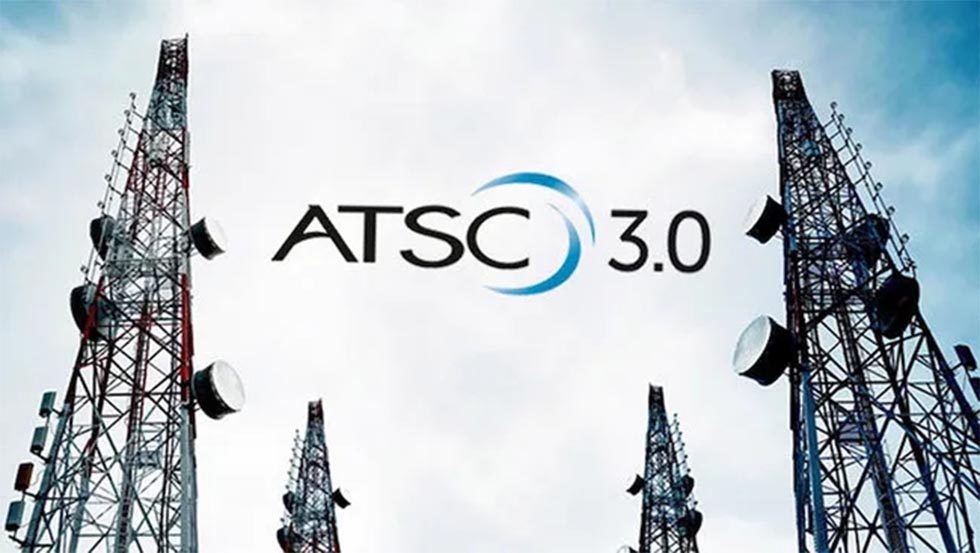Trucker TV 2 Gig Battle Continues
TV broadcasters' spectrum battles aren't limited to their off-air channels. Clarity Media, a subsidiary of Flying J Truck Stops, continues to pressure the FCC to allow it to use all of the 2 GHz ENG band to broadcast programming to trucks and RVs at truck stops.
The FCC previously shot down Clarity Media's plans for "Trucker TV," but the company keeps trying to revive it. Last month they made two presentations to the FCC in an attempt to gain support of using all of local broadcasters' ENG frequencies to transmit 70 channels of programming.
One of the arguments Clarity used to justify this use of the spectrum is that it will provide Amber alerts throughout the system. Of course, many radio and TV stations also broadcast these Amber alerts.
It would be ironic if Clarity's "Trucker TV" prevented a TV station from providing live helicopter coverage of a vehicle involved in an Amber alert if the vehicle passed near a Flying J truck stop.
Most of the arguments in MSTV's response [PDF] to Clarity's recent presentations have been made before. The closing paragraph of the MSTV response provided a good summary:
"Clarity asks the Commission to overrule the Media Bureau's considered judgment, create a new allocation process that would bypass notice-and-comment rulemaking and consideration of alternative uses and spectrum, and authorize by waiver a nationwide service that would compromise critical ENG services. Clarity's proposed service would compromise public safety by occupying the entirety of the spectrum band used by local broadcasters for critical ENG operations. The Commission should not permit the risk of potential interference to such operations in order to provide Clarity with the opportunity to provide a wireless cable entertainment service to truckers. The Commission should protect the public and affirm the Media Bureau's decision."
One question, obvious in light of the FCC's National Broadband Plan is, why can't Clarity install wireless Internet points at Flying J Truck stops and offer the same services, and more, via a wireless LAN arrangement using unlicensed spectrum at 2.4 GHz and 5 GHz?
This combined with other options—satellite TV (available to truckers now), local DTV signals (available now on inexpensive portable TVs) and the new ATSC mobile DTV services (available soon)—makes this seem like a needless risk to broadcast ENG communications and a waste of valuable spectrum.
The professional video industry's #1 source for news, trends and product and tech information. Sign up below.

Doug Lung is one of America's foremost authorities on broadcast RF technology. As vice president of Broadcast Technology for NBCUniversal Local, H. Douglas Lung leads NBC and Telemundo-owned stations’ RF and transmission affairs, including microwave, radars, satellite uplinks, and FCC technical filings. Beginning his career in 1976 at KSCI in Los Angeles, Lung has nearly 50 years of experience in broadcast television engineering. Beginning in 1985, he led the engineering department for what was to become the Telemundo network and station group, assisting in the design, construction and installation of the company’s broadcast and cable facilities. Other projects include work on the launch of Hawaii’s first UHF TV station, the rollout and testing of the ATSC mobile-handheld standard, and software development related to the incentive auction TV spectrum repack. A longtime columnist for TV Technology, Doug is also a regular contributor to IEEE Broadcast Technology. He is the recipient of the 2023 NAB Television Engineering Award. He also received a Tech Leadership Award from TV Tech publisher Future plc in 2021 and is a member of the IEEE Broadcast Technology Society and the Society of Broadcast Engineers.
